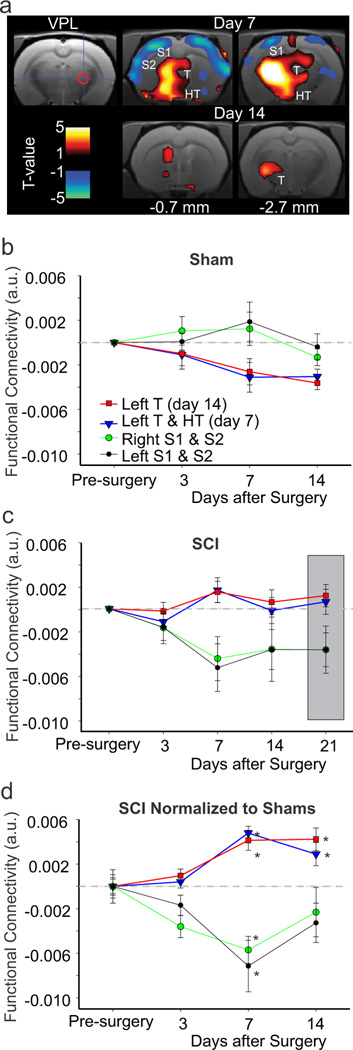Figure 2. VPL functional connectivity over time.
(a) Connectivity of the right VPL seed region (cross hair and red circle) and clusters that show increased (red) or decreased (blue) connectivity relative to sham animals at days 7 and 14 post-injury. The sections in current and following figure are referenced to Paxinos and Watson atlas (1998) in terms of distance to bregma. (b) Change in functional connectivity, relative to baseline, of the right VPL seed and the clusters shown in (a) at days 3, 7 and 14 after sham surgery. (c) Change in functional connectivity, relative to baseline, of the right VPL seed and the clusters shown in (a) at days 3, 7, 14, and 21 after SCI. Gray box is used to highlight day 21 results. (d) Plot of all clusters (shown in a) with increased or decreased functional connectivity at all time-points in SCI relative to sham animals (gray line) and pre-injury. For full details on specific clusters, refer to Table 1. * significant cluster-corrected threshold at this time-point compared to shams. Error bars S.E.M. a.u.: arbitrary units; HT: hypothalamus; S1: primary somatosensory cortex; S2: second somatosensory cortex; T: thalamus, VPL: ventroposterior lateral thalamic nucleus.

